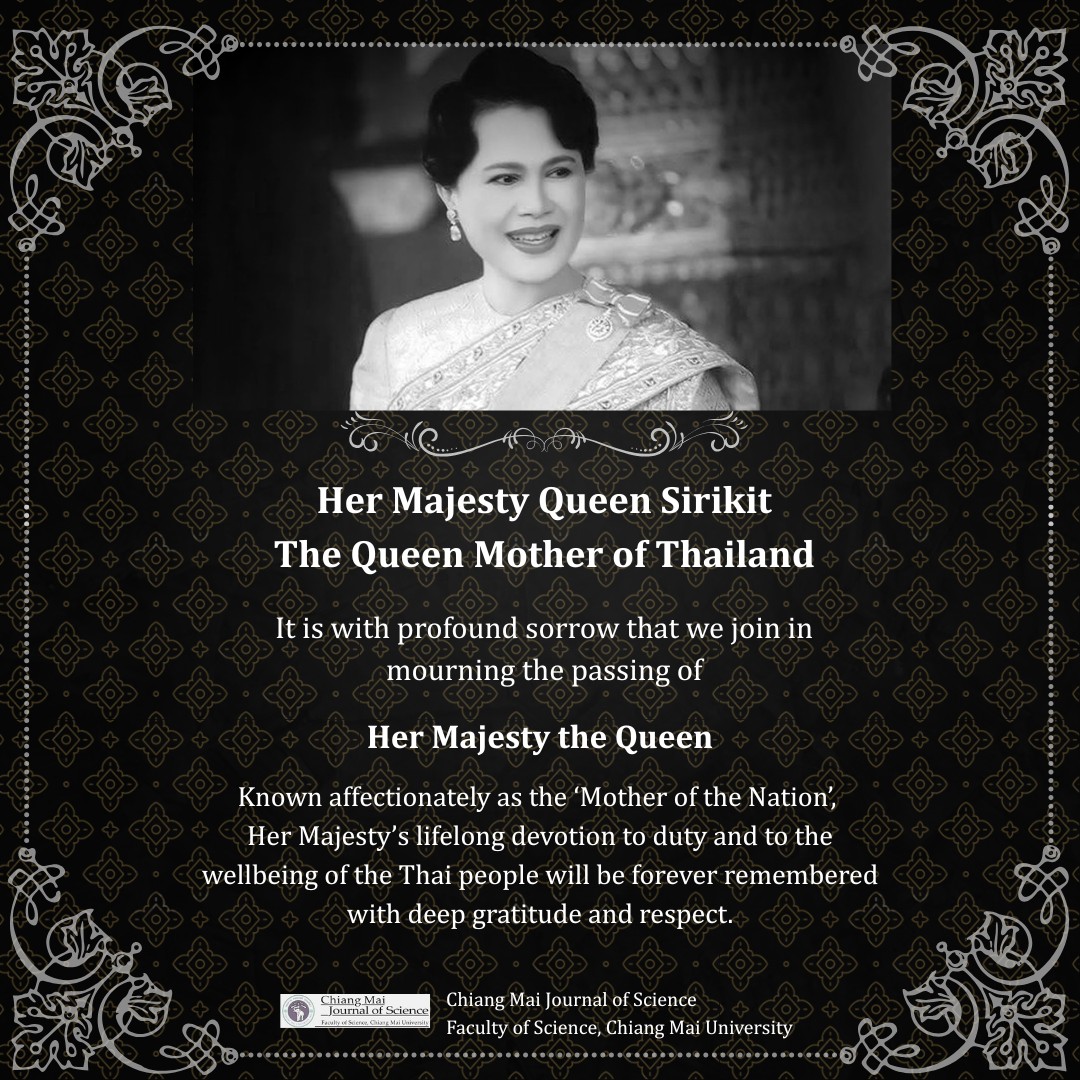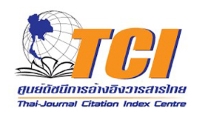JOURNAL DETAIL
Bioassessment of dry season water quality in the Ping River around Chiang Mai city, Thailand
Paper Type |
Contributed Paper |
Title |
Bioassessment of dry season water quality in the Ping River around Chiang Mai city, Thailand |
Author |
Tomoaki Itayama , Peter R Hawkins , Pongpan Leelahakriengkrai , Songyot Kullasoot , Niwo |
Email |
itayama@nagasaki-u.ac.jp |
|
Abstract: A longitudinal transect along the Ping River around Chiang Mai city was made during the dry season of 2010 to assess the extent and location of human impacts on water quality. The grab samples showed water quality within the urban area was poorer than upstream. However, physico chemical analyses did not differentiate levels of human disturbance in weir affected by the urban development. Bioassessment using benthic diatoms and littoral macroinvertebrates did differentiate sites within the city and showed the lower Chonlakhan Pinij weir pool was the most disturbed site. Regional biotic indices for macroinvertebrates ((BMWPTHAI) and diatoms (Mekong Disturbance Index) were more reliable and discriminating than local (Ping River) the indices. Overall, the grab sample data showed dry season water quality in the upper (Tha Wang Tan) weir pool within the Chiang Mai city has improved over the past twenty years. But the health of the Ping River downstream of the Mae Kha discharge likely deteriorated over the same period. Future water pollution control efforts around Chiang Mai should consider the impact of the Mae Kha canal on the Ping River. |
|
Start & End Page |
349 - 366 |
Received Date |
2013-08-30 |
Revised Date |
|
Accepted Date |
2013-11-21 |
Full Text |
Download |
Keyword |
bioassessment, benthic diatom, littoral macroinvertebrate, human impact, Ping River |
Volume |
Vol.42 No.2 (APRIL 2015) |
DOI |
|
Citation |
Itayama T., Hawkins P.R., Leelahakriengkrai P., Kullasoot S. and Niwo , Bioassessment of dry season water quality in the Ping River around Chiang Mai city, Thailand, Chiang Mai Journal of Science, 2015; 42(2): 349-366. |
| View:844 Download:297 | |
RELATED ARTICLE
Article ID: e2024092
Author:Hieu Van Nguyen, Cuong Van Duong, Nattawut Sareein, Christine Jewel C. Uy-Yabut, Anh Duc Tran and Vinh Van Nguyen
Vol.51 No.6 (November 2024) View: 822 Download:464
page: 189 - 193
Author:Tatporn Kunpradid* and Yuwadee Peerapornpisal
Vol.30 No.3 (DECEMBER 2003) View: 1,012 Download:580
page: 326 - 343
Author:Sutthawan Suphan, and Yuwadee Peerapornpisal
Vol.37 No.2 (MAY 2010) View: 858 Download:253
Copyrights © Since 2021 All Rights Reserved by Chiang Mai Journal of Science










